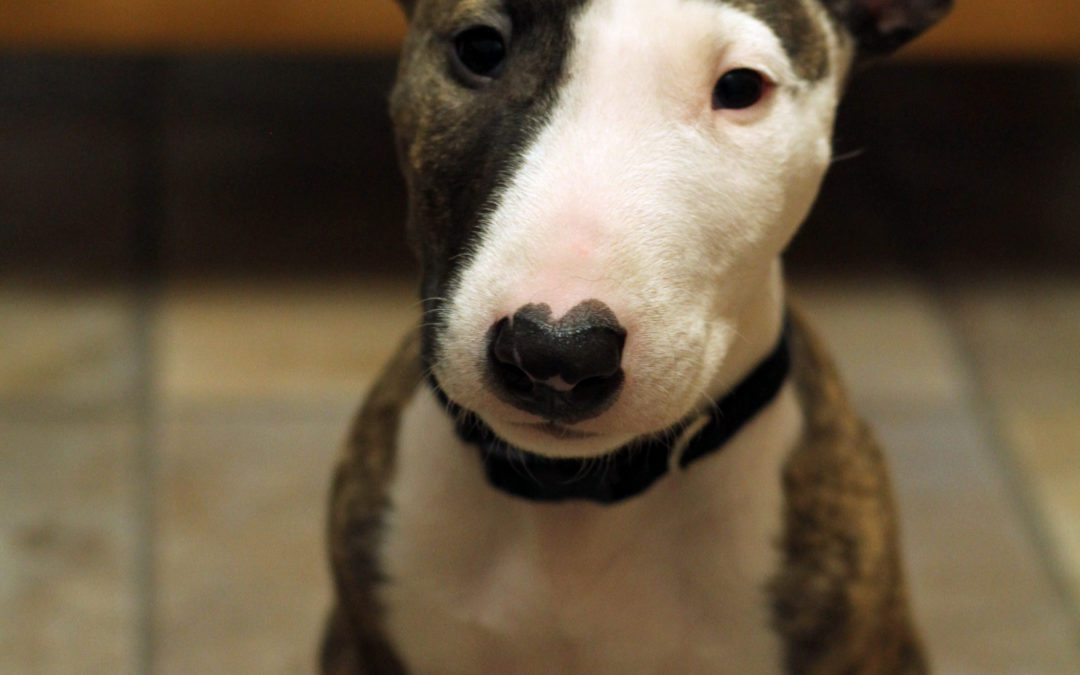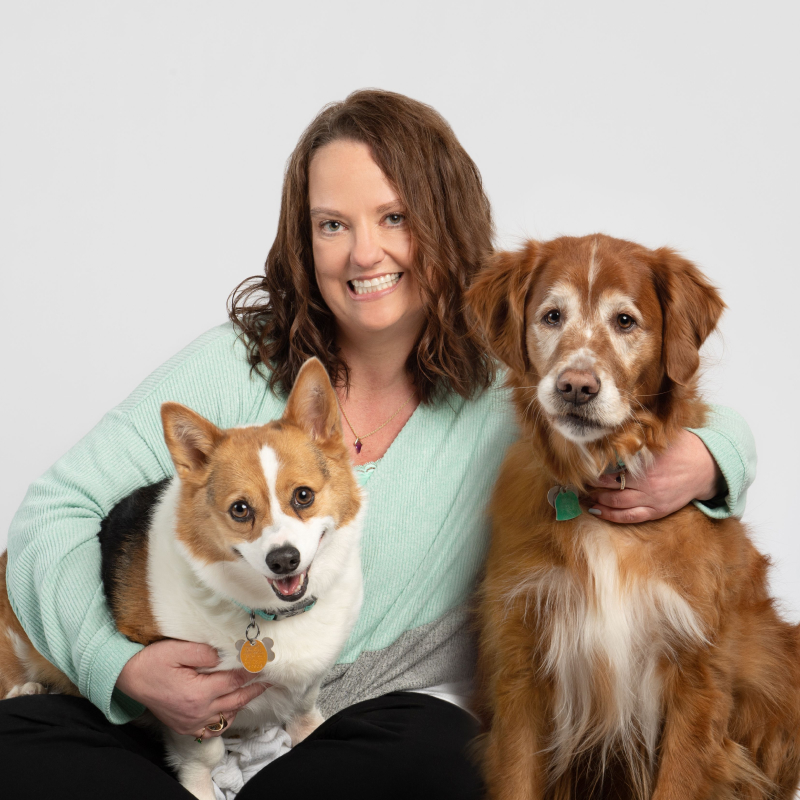Fear Free Approaches at St. Francis
Going to the doctor can be a frightening experience for some animals. Just like humans, some pets are especially sensitive to the unusual sounds, smells, and sights of a medical clinic. Veterinarians have to touch animals in ways that are sometimes uncomfortable and unfamiliar, and pets can quickly learn that a vet clinic is not a place they want to return to. Fear is a very reasonable reaction to getting poked and prodded by strangers!
The Fear Free movement in veterinary medicine uses research in animal behavior to help pets better tolerate veterinary visits. The goal is to create a clinic experience in which animals are not pushed beyond their tolerance levels for pain or fear, and so they do not develop an aversion to visiting their vet. Fear Free practices that you might see in action at St. Francis include:
- Slowing down. Moving quickly around fearful pets can increase their anxiety and their desire to flee from the humans that are trying to work with them. Asking animals to move more quickly than they are ready to (for example, pulling a cat out of their carrier rather than allowing them to come out on their own) can also cause unnecessary distress. You may see us wait for a dog to approach us for a treat rather than reach towards them, or toss treats in their direction rather than making them take a treat from a hand before they feel comfortable. Sometimes it looks a little tedious, but many pets respond well to taking a slow, calm pace throughout their exams.
- Food! For many animals, food is an easy way to motivate them to move closer towards us for their exams, to stay still during procedures such as blood draws and nail trims, and to say thank you for polite behavior! Food connects a scary experience to a positive one, which can help make pets associate more positive emotions with their veterinary visits. This is a type of training called “counterconditioning”.
- Tracking behavior. We keep specific notes about our patients’ preferences, fear triggers, and specific behavioral tools that work well in a part of their chart called their Electronic Behavioral Record. This information helps us be prepared for each pet’s unique needs and allows us to track what techniques make visits as low stress and successful as possible.
- Anxiety medications. Pre-Visit Pharmaceuticals, or PVPs, are medications that patients take before veterinary visits to help reduce fear, reactivity, and anxiety. PVPs are often the same medications used for pets with thunderstorm or firework phobias. These medications make it easier for pets to tolerate veterinary procedures. Many patients become easier and easier to handle with each visit once they start taking PVPs because they get to experience the vet clinic without the sensation of panic. PVPs make vet visits more pleasant for pets and their humans!
- Reducing sensory overwhelm. We carefully consider our patients’ sensory needs from the beginning to the end of their time in our clinic. For example, we play music in each exam room that is specifically designed to lower stress in cats and dogs. We use disinfectants that have minimal odor. We utilize stress-reducing pheromones such as Feliway and Comfort Zone in our exam rooms and kennel areas. Our exam tables have no-slip mats to provide better traction for paws. Every bit of stimulation that we can reduce helps to make vet visits more tolerable for pets.
We are always happy to explain how we utilize Fear Free techniques at St. Francis. If you think your pet could have a less fearful experience at the vet, don’t hesitate to ask us for help!
30th Anniversary Open House- Thank You!
We were thrilled to see so many clients at our Open House on September 18th! We loved getting to share stories, showing you the inner workings of our clinic, introducing Dr. Allison Gedstad, and facilitating many peoples’ first time holding a chicken! For those who weren’t able to make it, we created a slideshow of our event here. Here’s to many more years of working together in service of the health of your pets!
Employee Spotlight: Stacy
Stacy is one of our Customer Service Representatives, and bravely joined our team at the very beginning of the COVID-19 pandemic.She has lived in Minnesota her entire life. She has a Bachelor’s degree from Hamline University with a major in Psychology and Biology. She has a special place in her heart for golden retrievers and corgis. When she is not at St. Francis, she enjoys spending time outdoors, yoga, running, weight lifting, and reading a good book.
What is your favorite aspect of veterinary medicine?
My favorite aspect of veterinary medicine is helping pets to have a positive experience at the vet and to let them know that it’s okay to be nervous, and reassuring them that they are safe and loved here. My biggest passion in life is helping animals and giving a voice to the voiceless.
What do you think is special about St. Francis? Why do you love working here?
St. Francis is a wonderful place to work. Dr. Blair and the management truly care about their staff and our well-being. I am grateful to be working with so many animal lovers. Everyone here appreciates, respects, and encourages each other.
RHDV2 Vaccines Available
For any of our rabbit-owning clients, please note that we have the RHDV2 vaccine available. We recommend an initial series of two vaccines administered 3 weeks apart, and once-yearly boosters thereafter. Please reach out to schedule your rabbit’s booster if needed!


